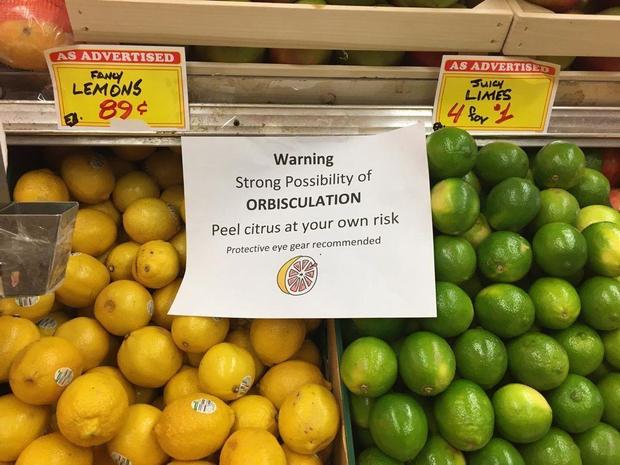
When the COVID-19 pandemic hit, much of the vital information that circulated around the Charlottesville and Universities communities was available only in English. Recognizing this, University faculty and students took up an effort to ensure these important resources were made available to all members of the broader Charlottesville community. Now, the University community is working to ensure the language divide doesn’t prevent immigrant and refugee University employees and Charlottesville community members from accessing necessary health information.
The Multilingual Outreach Volunteer Effort program was born out of this necessity when critical direction regarding testing plans, unemployment aid availability, food pantries, shelter evictions and University reopening plans were presented to employees — but only in English. The group translates documents into the 30 languages that mirror the diverse number spoken in the community, including Spanish, Chinese and Arabic, which makes information accessible to all.
Consolidated information sheets with emergency relief information concerning COVID-19 — including public meal services, emergency housing, transportation and legal services — are available in various languages online and in Google Drive.
Liz Wittner, academic director at the Center for American English Language and Culture, spearheaded and currently leads translation efforts at the University through the MOVE program. Whitner dedicates her time to promoting language equity with the firm belief that all people have a right to access information in their native language.
“It started very ad hoc, you know, as a response to an emergency,” Wittner said. “I identified a lot of organizations that needed translators and needed interpreters. I put out a call for translators in April of 2020 at U.Va. and received so many positive responses.”
Fourth-year College student Sujal Sigdel was one of these initial respondents and got involved in April, serving as a translator. Her experiences working with and understanding people from diverse cultural backgrounds, specifically the Nepali community, aid her in the process.
“I was able to offer assistance by serving as a translator and a community hotline language operator for local Nepali contract workers in the diverse Charlottesville community through MOVE,” Sigdel said.
The translation collaboration is done online and asynchronously. Requested documents are translated in a shared Google document, allowing remote collaboration with the language team. That team has a specified amount of time to work on the document and translators work on their own schedules.
Since her involvement with MOVE, Sigdel broadened her involvement to help local Albemarle County High school ESOL programs translate the documents to Nepali to help Nepali students.
“When I first emigrated to the U.S., I also faced several challenges in regards to learning English, and I want to help those who are on the same journey,” Sigdel said.
Tania Nuevo — a fourth-year College student fluent in English, French and Spanish — joined the effort shortly after Sujal in response to the high demand for document translation.
She contributed to different translations, some in Spanish and others in French,and has
reached out to people outside of MOVE to invite them to join the organization.
“There is rarely just one person working on a document — it’s a team effort,” Nuevo said. “The collaborative environment has allowed us to get documents in different languages out to the community quickly.”
The program now has over 300 volunteers who speak over 30 languages and partnered with the Equity Center at the University to amplify their impact and reach as many people as possible.
The size of the teams, however, depends on the number of volunteers per language. For example, the Spanish translation team has 123 translators while the Pashto team has only one — both, nevertheless, receive high volumes of documents to translate.
As the program acquires more volunteers, students bridged their involvement into other English as a second language programs at the University.
Also led by Wittner, the VISAS program is another one of these opportunities for domestic students at the University to work with international members of the Charlottesville community.
International workers in the VISAS program spend an hour each week with an undergraduate or graduate multilingual student at the University to practice English in an application-based context. Students and their employee-partners meet and get to know each other while working on literacy and English conversation.
“We feel that this is a way for students who are heritage speakers of other languages, who are bilingual and multilingual and who are learning a language to authentically connect with other communities and people they don’t share that much in common with yet,” Wittner said about the program.
Ultimately, the MOVE program’s focus remains centred around providing translation services of COVID-related relief services, similarly to VISAS. However, requests for translation and interpretation have extended to other areas, such as educational equity for English as a second language students and access to information for employees who speak other languages. It remains to be seen whether the initiative will extend beyond the pandemic.
“I’m proud that as an ESL center, we can also truly honor language diversity and bridge English and the many other languages that make our U.Va. and Charlottesville community so much richer,” Wittner said.
Reflecting on her experience, Nuevo added that she too feels “lucky” to have the opportunity to help with translation, especially because her and her family are also not native English speakers.
“To me, if you have the skills needed to help others, why not use them,” Nuevo added.
The program is accepting new volunteers through an application online. Team members range from very skilled multilingual individuals with native proficiency to language learners with an intermediate knowledge of writing in the target language.


 Polly Jean Harrison
Polly Jean Harrison




